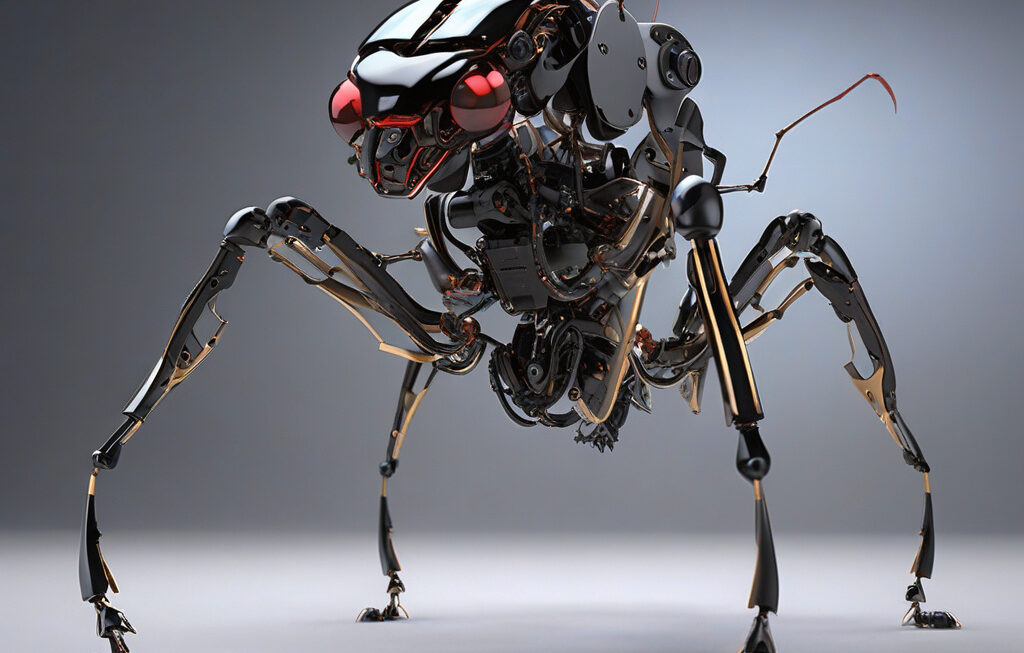Breakthrough Sensor Material Brings Human-Like Touch to Robots at Low Cost
Researchers have made a breakthrough that could pave the way for affordable, highly sensitive robotic touch sensors. This innovation involves the development of a new sensor material that mimics the human sense of touch, enabling robots to interact with their environment with unprecedented dexterity and sensitivity.
The key to this advancement lies in the material used for the sensors. Traditionally, robotic touch sensors have been expensive and limited in their sensitivity. However, researchers have now discovered a novel material that is not only highly sensitive but also cost-effective to produce. This breakthrough has the potential to revolutionize the field of robotics by making advanced touch sensing capabilities accessible to a wider range of applications.
One of the main challenges in robotics has been replicating the intricate sense of touch that humans possess. Our sense of touch allows us to manipulate objects with precision, apply the right amount of force in delicate tasks, and interact safely with our surroundings. By integrating this new sensor material into robotic systems, engineers can now bring robots closer to achieving the level of tactile sensitivity and control that humans have.
Imagine a robot that can delicately handle fragile objects without breaking them, or a robotic prosthesis that can provide amputees with a sense of touch and pressure. These are just a few examples of how this breakthrough in sensor technology could impact various industries, from manufacturing and healthcare to consumer electronics and beyond.
Furthermore, the affordability of this new sensor material is a game-changer. By reducing the cost of implementing advanced touch sensing capabilities, more companies and research institutions can now explore the possibilities of integrating human-like touch into their robotic systems. This democratization of technology has the potential to spur innovation and accelerate the development of next-generation robotic applications.
In addition to its cost-effectiveness, the new sensor material also offers advantages in terms of sensitivity and responsiveness. By closely mimicking the properties of human skin, this material can detect a wide range of tactile stimuli, from light touches to firm pressure. This level of sensitivity is crucial for enabling robots to interact safely and effectively with humans and their environment.
The implications of this breakthrough are far-reaching. From improving the efficiency of industrial robots to enhancing the realism of humanoid robots in entertainment and service industries, the potential applications of this new sensor material are vast. As researchers continue to refine and optimize this technology, we can expect to see a new generation of robots that are not only more capable but also more intuitive and responsive in their interactions.
In conclusion, the development of this breakthrough sensor material represents a significant step forward in the field of robotics. By bringing human-like touch to robots at a low cost, researchers have opened up new possibilities for the integration of advanced tactile sensing capabilities into a wide range of applications. As we move towards a future where robots play an increasingly prominent role in our lives, innovations like this will be instrumental in shaping the way we interact with and benefit from robotic technology.
robotics, touch sensors, sensor technology, human-like touch, breakthroughs












